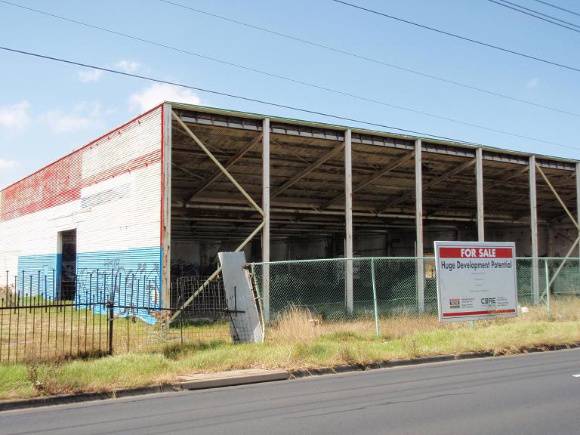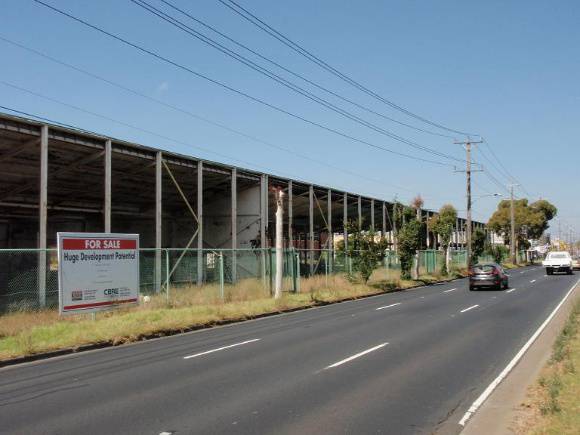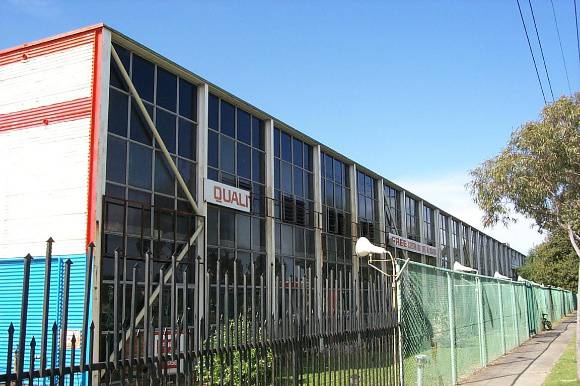| Back to search results » | Back to search page » |
|
ETA Factory
Location254 Ballarat Road BRAYBROOK, Maribyrnong City
File Number20243LevelIncluded in Heritage Overlay |
|
Statement of Significance
The ETA factory is of historical and architectural significance at the State level as an important translation of contemporary American factory design practice to an Australian building which demonstrates both the growth of awareness in overseas factory and architectural design. It is of Architectural significance for its association with the important Australian practice of Frederick Romberg and the partnership of Grounds, Romberg and Boyd and for its place in the development of the glass curtain wall in an industrial context. (Criterion A3) As one of the earliest applications of the glass curtain wall in Victoria, and a rare application to industrial structures, the ETA factory contributes to our understanding of industrial development in the region, comparable locally with very few other examples, one being BP Lubricants in Spotswood. (Criterion C2) The Frederick Romberg design stands as a high point in the International Modern style, while the combination of building, landscaped garden and sculpture epitomises the integrated design philosophy of the Modernist movement. (Criterion E1) The factory also reflects the 1950s growth of industry from its animal by-products beginnings in the Braybrook area and the confidence of industry in the period of post war revitalisation, while the significance of ETA as a major food producing company and household name of the post War period is demonstrated in the scale and form of the building. (Criterion A4) The landscaped courtyard, with surviving original plantings and the Zikaras sculpture contributes and is intrinsic to the overall design. Similarly, the cantilevered staircase and internal finishes of the entrance vestibule make an important contribution to the place. Australian Heritage Commission (AHC) criteria The Australian Heritage Commission criteria consist of a set of eight criteria which cover social, aesthetic, scientific, and historic values. Each criterion has sub-criteria written specifically for cultural or natural values. The relevant criteria are: A.3 richness and diversity of cultural features C.2 research potential E.1 aesthetic importance to the community or cultural group A.4 demonstrates well the course and pattern of history, important historic events
Group
Manufacturing and Processing
Category
Factory/ Plant






